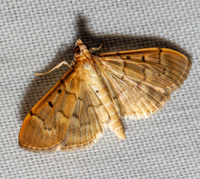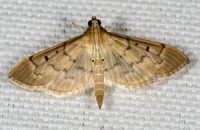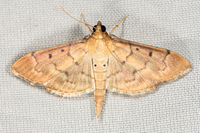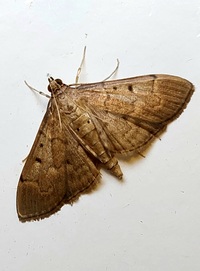
| Recorded by: Mark Basinger on 2025-11-16
Brunswick Co.
Comment: | 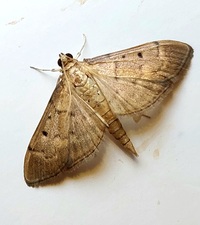
| Recorded by: Mark Basinger on 2025-11-07
Brunswick Co.
Comment: |
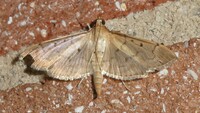
| Recorded by: Simpson Eason on 2025-10-30
Durham Co.
Comment: | 
| Recorded by: Tony McBride, Jim Petranka and Becky Elkin on 2025-10-29
Craven Co.
Comment: |

| Recorded by: R. Newman on 2025-10-23
Carteret Co.
Comment: | 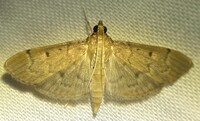
| Recorded by: Dean Furbish on 2025-10-23
Pender Co.
Comment: |
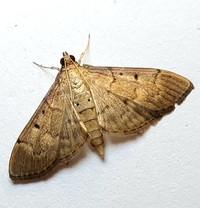
| Recorded by: Mark Basinger on 2025-10-21
Wilson Co.
Comment: | 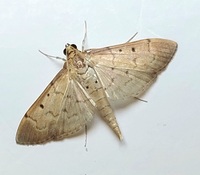
| Recorded by: Mark Basinger on 2025-09-27
Brunswick Co.
Comment: |
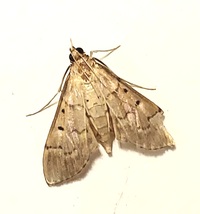
| Recorded by: Mark Basinger on 2025-09-19
Brunswick Co.
Comment: | 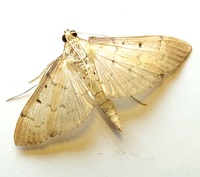
| Recorded by: Mark Basinger on 2025-08-22
Brunswick Co.
Comment: |

| Recorded by: David George, Kevin Bischof, Rich Teper, Patrick Coin on 2025-08-16
Transylvania Co.
Comment: | 
| Recorded by: Dean Furbish, Lior S. Carlson, Randy Emmitt on 2025-08-12
Alamance Co.
Comment: |
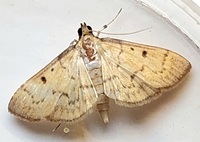
| Recorded by: Mark Basinger on 2025-07-26
Wilson Co.
Comment: | 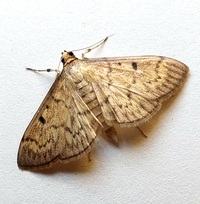
| Recorded by: Mark Basinger on 2025-06-17
Wilson Co.
Comment: |
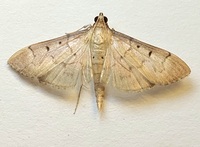
| Recorded by: Mark Basinger on 2024-11-04
Wilson Co.
Comment: | 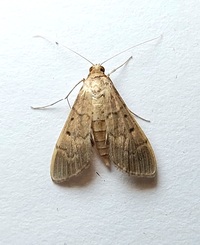
| Recorded by: Mark Basinger on 2024-11-02
Brunswick Co.
Comment: |
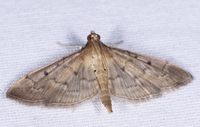
| Recorded by: John Petranka on 2024-10-31
Orange Co.
Comment: | 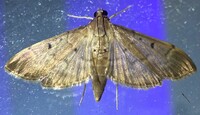
| Recorded by: Dean Furbish and Joy Wiggins on 2024-10-31
Pender Co.
Comment: |
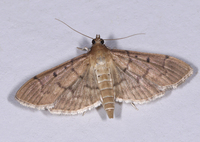
| Recorded by: John Petranka on 2024-10-22
Wayne Co.
Comment: | 
| Recorded by: Mark Basinger on 2024-10-20
Brunswick Co.
Comment: |

| Recorded by: Mark Basinger on 2024-10-19
Brunswick Co.
Comment: | 
| Recorded by: R. Newman on 2024-10-15
Carteret Co.
Comment: |
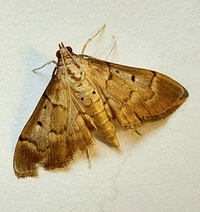
| Recorded by: Mark Basinger on 2024-10-07
Wilson Co.
Comment: | 
| Recorded by: Dean Furbish on 2024-10-04
Wake Co.
Comment: |
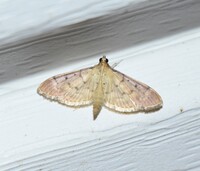
| Recorded by: Tim Foley on 2024-09-19
Orange Co.
Comment: | 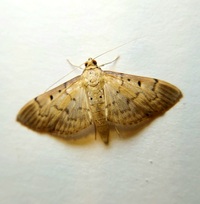
| Recorded by: Mark Basinger on 2024-08-16
Brunswick Co.
Comment: |
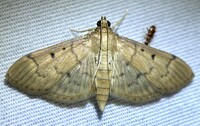
| Recorded by: Dean Furbish, Lior S. Carlson on 2024-08-14
Pamlico Co.
Comment: | 
| Recorded by: R. Newman on 2024-08-10
Carteret Co.
Comment: |
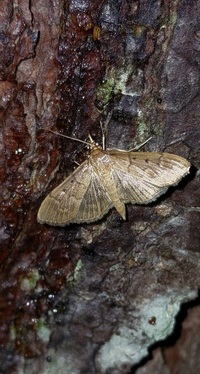
| Recorded by: Mark Basinger on 2023-11-17
Wilson Co.
Comment: | 
| Recorded by: Simpson Eason on 2023-10-25
Durham Co.
Comment: |
|

 »
»